Kaizhu Huang
Can MLLMs Absorb Math Reasoning Abilities from LLMs as Free Lunch?
Oct 16, 2025Abstract:Math reasoning has been one crucial ability of large language models (LLMs), where significant advancements have been achieved in recent years. However, most efforts focus on LLMs by curating high-quality annotation data and intricate training (or inference) paradigms, while the math reasoning performance of multi-modal LLMs (MLLMs) remains lagging behind. Since the MLLM typically consists of an LLM and a vision block, we wonder: Can MLLMs directly absorb math reasoning abilities from off-the-shelf math LLMs without tuning? Recent model-merging approaches may offer insights into this question. However, they overlook the alignment between the MLLM and LLM, where we find that there is a large gap between their parameter spaces, resulting in lower performance. Our empirical evidence reveals two key factors behind this issue: the identification of crucial reasoning-associated layers in the model and the mitigation of the gaps in parameter space. Based on the empirical insights, we propose IP-Merging that first identifies the reasoning-associated parameters in both MLLM and Math LLM, then projects them into the subspace of MLLM, aiming to maintain the alignment, and finally merges parameters in this subspace. IP-Merging is a tuning-free approach since parameters are directly adjusted. Extensive experiments demonstrate that our IP-Merging method can enhance the math reasoning ability of MLLMs directly from Math LLMs without compromising their other capabilities.
The Demon is in Ambiguity: Revisiting Situation Recognition with Single Positive Multi-Label Learning
Aug 29, 2025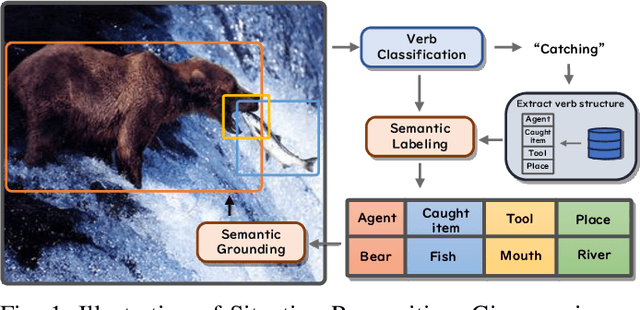
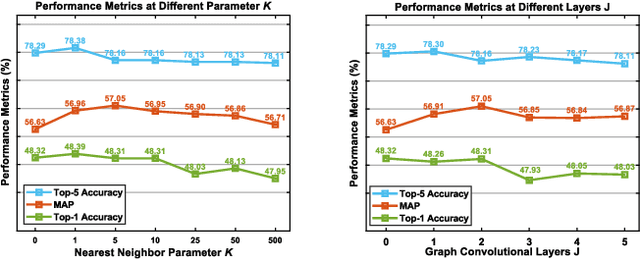
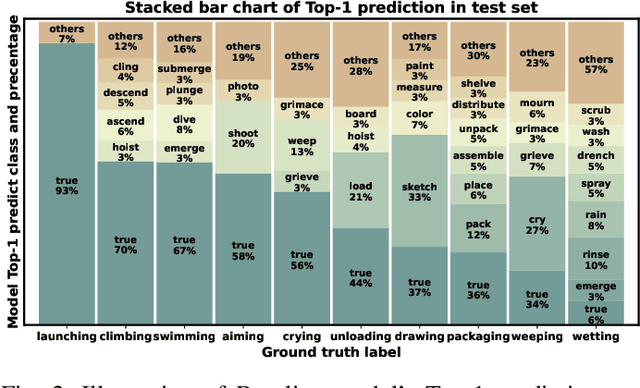
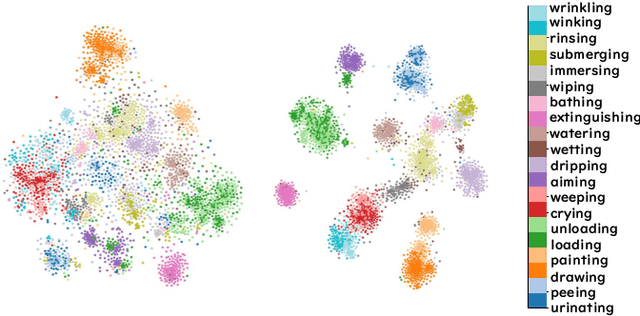
Abstract:Context recognition (SR) is a fundamental task in computer vision that aims to extract structured semantic summaries from images by identifying key events and their associated entities. Specifically, given an input image, the model must first classify the main visual events (verb classification), then identify the participating entities and their semantic roles (semantic role labeling), and finally localize these entities in the image (semantic role localization). Existing methods treat verb classification as a single-label problem, but we show through a comprehensive analysis that this formulation fails to address the inherent ambiguity in visual event recognition, as multiple verb categories may reasonably describe the same image. This paper makes three key contributions: First, we reveal through empirical analysis that verb classification is inherently a multi-label problem due to the ubiquitous semantic overlap between verb categories. Second, given the impracticality of fully annotating large-scale datasets with multiple labels, we propose to reformulate verb classification as a single positive multi-label learning (SPMLL) problem - a novel perspective in SR research. Third, we design a comprehensive multi-label evaluation benchmark for SR that is carefully designed to fairly evaluate model performance in a multi-label setting. To address the challenges of SPMLL, we futher develop the Graph Enhanced Verb Multilayer Perceptron (GE-VerbMLP), which combines graph neural networks to capture label correlations and adversarial training to optimize decision boundaries. Extensive experiments on real-world datasets show that our approach achieves more than 3\% MAP improvement while remaining competitive on traditional top-1 and top-5 accuracy metrics.
Exploiting Layer Normalization Fine-tuning in Visual Transformer Foundation Models for Classification
Aug 11, 2025Abstract:LayerNorm is pivotal in Vision Transformers (ViTs), yet its fine-tuning dynamics under data scarcity and domain shifts remain underexplored. This paper shows that shifts in LayerNorm parameters after fine-tuning (LayerNorm shifts) are indicative of the transitions between source and target domains; its efficacy is contingent upon the degree to which the target training samples accurately represent the target domain, as quantified by our proposed Fine-tuning Shift Ratio ($FSR$). Building on this, we propose a simple yet effective rescaling mechanism using a scalar $\lambda$ that is negatively correlated to $FSR$ to align learned LayerNorm shifts with those ideal shifts achieved under fully representative data, combined with a cyclic framework that further enhances the LayerNorm fine-tuning. Extensive experiments across natural and pathological images, in both in-distribution (ID) and out-of-distribution (OOD) settings, and various target training sample regimes validate our framework. Notably, OOD tasks tend to yield lower $FSR$ and higher $\lambda$ in comparison to ID cases, especially with scarce data, indicating under-represented target training samples. Moreover, ViTFs fine-tuned on pathological data behave more like ID settings, favoring conservative LayerNorm updates. Our findings illuminate the underexplored dynamics of LayerNorm in transfer learning and provide practical strategies for LayerNorm fine-tuning.
GeoSDF: Plane Geometry Diagram Synthesis via Signed Distance Field
Jun 16, 2025Abstract:Plane Geometry Diagram Synthesis has been a crucial task in computer graphics, with applications ranging from educational tools to AI-driven mathematical reasoning. Traditionally, we rely on computer tools (e.g., Matplotlib and GeoGebra) to manually generate precise diagrams, but it usually requires huge, complicated calculations cost. Recently, researchers start to work on learning-based methods (e.g., Stable Diffusion and GPT4) to automatically generate diagrams, saving operational cost but usually suffering from limited realism and insufficient accuracy. In this paper, we propose a novel framework GeoSDF to automatically generate diagrams efficiently and accurately with Signed Distance Field (SDF). Specifically, we first represent geometric elements in the SDF, then construct a series of constraint functions to represent geometric relationships, next we optimize such constraint functions to get an optimized field of both elements and constraints, finally by rendering the optimized field, we can obtain the synthesized diagram. In our GeoSDF, we define a symbolic language to easily represent geometric elements and those constraints, and our synthesized geometry diagrams can be self-verified in the SDF, ensuring both mathematical accuracy and visual plausibility. In experiments, our GeoSDF synthesized both normal high-school level and IMO-level geometry diagrams. Through both qualitative and quantitative analysis, we can see that synthesized diagrams are realistic and accurate, and our synthesizing process is simple and efficient. Furthermore, we obtain a very high accuracy of solving geometry problems (over 95\% while the current SOTA accuracy is around 75%) by leveraging our self-verification property. All of these demonstrate the advantage of GeoSDF, paving the way for more sophisticated, accurate, and flexible generation of geometric diagrams for a wide array of applications.
DvD: Unleashing a Generative Paradigm for Document Dewarping via Coordinates-based Diffusion Model
May 28, 2025Abstract:Document dewarping aims to rectify deformations in photographic document images, thus improving text readability, which has attracted much attention and made great progress, but it is still challenging to preserve document structures. Given recent advances in diffusion models, it is natural for us to consider their potential applicability to document dewarping. However, it is far from straightforward to adopt diffusion models in document dewarping due to their unfaithful control on highly complex document images (e.g., 2000$\times$3000 resolution). In this paper, we propose DvD, the first generative model to tackle document \textbf{D}ewarping \textbf{v}ia a \textbf{D}iffusion framework. To be specific, DvD introduces a coordinate-level denoising instead of typical pixel-level denoising, generating a mapping for deformation rectification. In addition, we further propose a time-variant condition refinement mechanism to enhance the preservation of document structures. In experiments, we find that current document dewarping benchmarks can not evaluate dewarping models comprehensively. To this end, we present AnyPhotoDoc6300, a rigorously designed large-scale document dewarping benchmark comprising 6,300 real image pairs across three distinct domains, enabling fine-grained evaluation of dewarping models. Comprehensive experiments demonstrate that our proposed DvD can achieve state-of-the-art performance with acceptable computational efficiency on multiple metrics across various benchmarks including DocUNet, DIR300, and AnyPhotoDoc6300. The new benchmark and code will be publicly available.
Interpretable Zero-shot Learning with Infinite Class Concepts
May 06, 2025Abstract:Zero-shot learning (ZSL) aims to recognize unseen classes by aligning images with intermediate class semantics, like human-annotated concepts or class definitions. An emerging alternative leverages Large-scale Language Models (LLMs) to automatically generate class documents. However, these methods often face challenges with transparency in the classification process and may suffer from the notorious hallucination problem in LLMs, resulting in non-visual class semantics. This paper redefines class semantics in ZSL with a focus on transferability and discriminability, introducing a novel framework called Zero-shot Learning with Infinite Class Concepts (InfZSL). Our approach leverages the powerful capabilities of LLMs to dynamically generate an unlimited array of phrase-level class concepts. To address the hallucination challenge, we introduce an entropy-based scoring process that incorporates a ``goodness" concept selection mechanism, ensuring that only the most transferable and discriminative concepts are selected. Our InfZSL framework not only demonstrates significant improvements on three popular benchmark datasets but also generates highly interpretable, image-grounded concepts. Code will be released upon acceptance.
Unlock Pose Diversity: Accurate and Efficient Implicit Keypoint-based Spatiotemporal Diffusion for Audio-driven Talking Portrait
Mar 17, 2025Abstract:Audio-driven single-image talking portrait generation plays a crucial role in virtual reality, digital human creation, and filmmaking. Existing approaches are generally categorized into keypoint-based and image-based methods. Keypoint-based methods effectively preserve character identity but struggle to capture fine facial details due to the fixed points limitation of the 3D Morphable Model. Moreover, traditional generative networks face challenges in establishing causality between audio and keypoints on limited datasets, resulting in low pose diversity. In contrast, image-based approaches produce high-quality portraits with diverse details using the diffusion network but incur identity distortion and expensive computational costs. In this work, we propose KDTalker, the first framework to combine unsupervised implicit 3D keypoint with a spatiotemporal diffusion model. Leveraging unsupervised implicit 3D keypoints, KDTalker adapts facial information densities, allowing the diffusion process to model diverse head poses and capture fine facial details flexibly. The custom-designed spatiotemporal attention mechanism ensures accurate lip synchronization, producing temporally consistent, high-quality animations while enhancing computational efficiency. Experimental results demonstrate that KDTalker achieves state-of-the-art performance regarding lip synchronization accuracy, head pose diversity, and execution efficiency.Our codes are available at https://github.com/chaolongy/KDTalker.
BFANet: Revisiting 3D Semantic Segmentation with Boundary Feature Analysis
Mar 16, 2025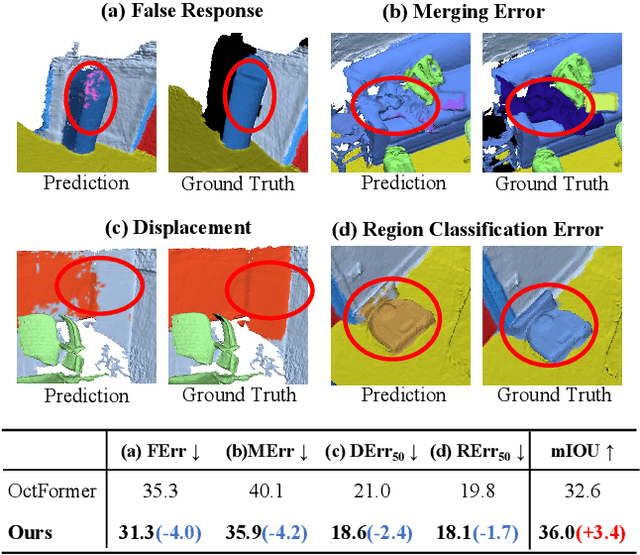

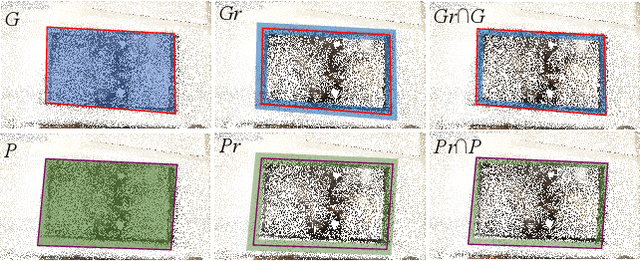
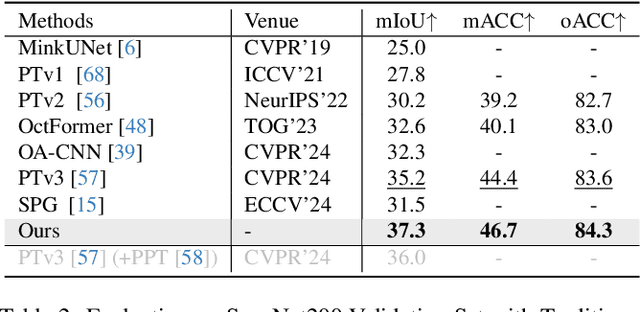
Abstract:3D semantic segmentation plays a fundamental and crucial role to understand 3D scenes. While contemporary state-of-the-art techniques predominantly concentrate on elevating the overall performance of 3D semantic segmentation based on general metrics (e.g. mIoU, mAcc, and oAcc), they unfortunately leave the exploration of challenging regions for segmentation mostly neglected. In this paper, we revisit 3D semantic segmentation through a more granular lens, shedding light on subtle complexities that are typically overshadowed by broader performance metrics. Concretely, we have delineated 3D semantic segmentation errors into four comprehensive categories as well as corresponding evaluation metrics tailored to each. Building upon this categorical framework, we introduce an innovative 3D semantic segmentation network called BFANet that incorporates detailed analysis of semantic boundary features. First, we design the boundary-semantic module to decouple point cloud features into semantic and boundary features, and fuse their query queue to enhance semantic features with attention. Second, we introduce a more concise and accelerated boundary pseudo-label calculation algorithm, which is 3.9 times faster than the state-of-the-art, offering compatibility with data augmentation and enabling efficient computation in training. Extensive experiments on benchmark data indicate the superiority of our BFANet model, confirming the significance of emphasizing the four uniquely designed metrics. Code is available at https://github.com/weiguangzhao/BFANet.
Consistency Diffusion Models for Single-Image 3D Reconstruction with Priors
Jan 31, 2025Abstract:This paper delves into the study of 3D point cloud reconstruction from a single image. Our objective is to develop the Consistency Diffusion Model, exploring synergistic 2D and 3D priors in the Bayesian framework to ensure superior consistency in the reconstruction process, a challenging yet critical requirement in this field. Specifically, we introduce a pioneering training framework under diffusion models that brings two key innovations. First, we convert 3D structural priors derived from the initial 3D point cloud as a bound term to increase evidence in the variational Bayesian framework, leveraging these robust intrinsic priors to tightly govern the diffusion training process and bolster consistency in reconstruction. Second, we extract and incorporate 2D priors from the single input image, projecting them onto the 3D point cloud to enrich the guidance for diffusion training. Our framework not only sidesteps potential model learning shifts that may arise from directly imposing additional constraints during training but also precisely transposes the 2D priors into the 3D domain. Extensive experimental evaluations reveal that our approach sets new benchmarks in both synthetic and real-world datasets. The code is included with the submission.
Efficient Interactive 3D Multi-Object Removal
Jan 30, 2025Abstract:Object removal is of great significance to 3D scene understanding, essential for applications in content filtering and scene editing. Current mainstream methods primarily focus on removing individual objects, with a few methods dedicated to eliminating an entire area or all objects of a certain category. They however confront the challenge of insufficient granularity and flexibility for real-world applications, where users demand tailored excision and preservation of objects within defined zones. In addition, most of the current methods require kinds of priors when addressing multi-view inpainting, which is time-consuming. To address these limitations, we propose an efficient and user-friendly pipeline for 3D multi-object removal, enabling users to flexibly select areas and define objects for removal or preservation. Concretely, to ensure object consistency and correspondence across multiple views, we propose a novel mask matching and refinement module, which integrates homography-based warping with high-confidence anchor points for segmentation. By leveraging the IoU joint shape context distance loss, we enhance the accuracy of warped masks and improve subsequent inpainting processes. Considering the current immaturity of 3D multi-object removal, we provide a new evaluation dataset to bridge the developmental void. Experimental results demonstrate that our method significantly reduces computational costs, achieving processing speeds more than 80% faster than state-of-the-art methods while maintaining equivalent or higher reconstruction quality.
 Add to Chrome
Add to Chrome Add to Firefox
Add to Firefox Add to Edge
Add to Edge